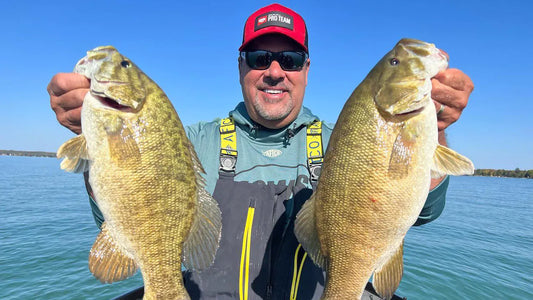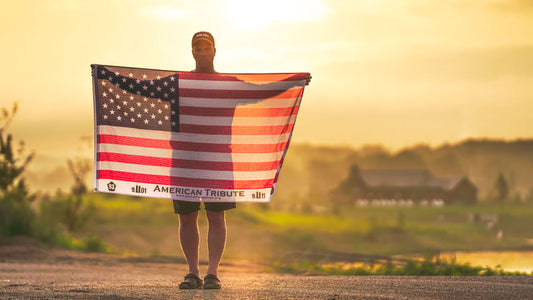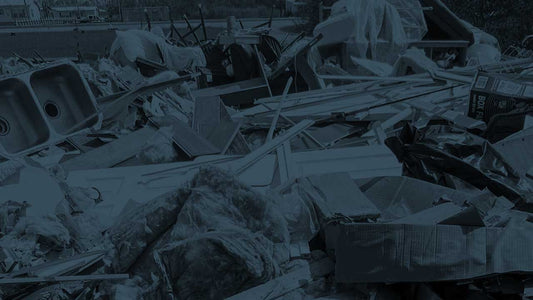
Proper Fit of a Fighting Belt and Harness
You see the bite; the line comes tight and you are on an adventure with a fish of a lifetime. This is not the time to pull out that fishing harness and belt you have never worn and try to figure out how to get it to fit properly. A few simple tips can help immensely on making sure a fishing harness and belt is helping you and not being another thing making the fight harder and longer; even worse, causing you to lose the fish.


What is a Fighting Belt and Harness?
The first step is learning what a fishing rod fighting belt and harness is good for. A fish fighting belt is worn around your waist with the butt of the rod called a gimbal inserted into the center. This allows the butt of the rod to be secured and anchored to the center of your gravity giving you the chance to put large amounts of pressure on a fish more efficiently than if you were not using the belt. A harness will help you secure the reel to the body, so you do not need to use your hands to pull the rod up. As a complete package, the belt and harness allow you to use your legs to pull the rod up and your hands are used for stabilization as well as reeling in.
Which Fishing Belt do I buy?
The next step is deciding which one to buy. There are countless options out there when buying a fighting belt and then a harness to match that. The belts and harnesses come in different sizes usually for different weight classes of line. When looking at fishing belts and harnesses here, you will see five different size belts.
The Alijos and the Arena belt are the smallest belts that are perfect for the 20 to 50 pound test line as well as spinning rods. The MaxForce Shoulder harness will also fit for this belt and when using a spinning rod, the spin strap is needed as well.
The Socorro is the next level up filling the 50 to 80 pound line category. The Maxforce 1 harness will connect to this belt the best for your support. The Spin Strap can be used with this harness as well to use a spinning rod.
Clarion and Vallarta are for the big ones. These belts are rated in the 80 lb class to an unlimited rating. This will handle whatever big fish you might encounter. The Vallarta has a 20% larger pad than the Clarion allowing you to disperse pressure along a larger surface area causing less strain on your body. Both Belts fit best with the Maxforce 1, and the Maxforce XH. The Spin Strap can be used with this harness as well to use a spinning rod.

Fitting a Fish Fighting Belt
When trying on a fish fighting belt, the biggest misconception is that the belt must be high up on the waist. You want the belt sitting a little bit lower over your thighs. This allows you to spread the belt along your thighs to use as a platform to push your rod down on dispersing the pressure. This applies to all the belts.

When attaching the harness to yourself, there are two common types to think about. A shoulder harness is meant to strap over your shoulder like a backpack allowing you to distribute weight properly between your shoulder and your back. These straps are best for lighter gear classes such as with the Alijos belt for the 30 lb to 50 pound class line. The Maxforce is a more traditional harness and it tends to be put on improperly. There are two back straps on these harnesses. The top strap is meant for the lower back, and the bottom strap is meant for below the butt. This automatically puts you in a slight crouch, and when attached to the belt and reel should form an equilateral triangle. This triangle is the key to a properly fitted belt and harness. The points of this triangle are the reel, the body, and the gimbal. The closer you set the reel to be to your body the better you will fair against a truly large fish. One of the purposes of the harness is so you can be hands free on the rod. Your legs are doing the work pulling up, your hands should be there to reel in and provide stability to yourself and the reel.
Make sure you adjust these straps and the belt BEFORE strapping into a fish since the adjustments are much more difficult to make while fighting a fish. Use the belt and harness to increase your chances of landing these amazing fish. Check out the whole line of belts and harnesses.






